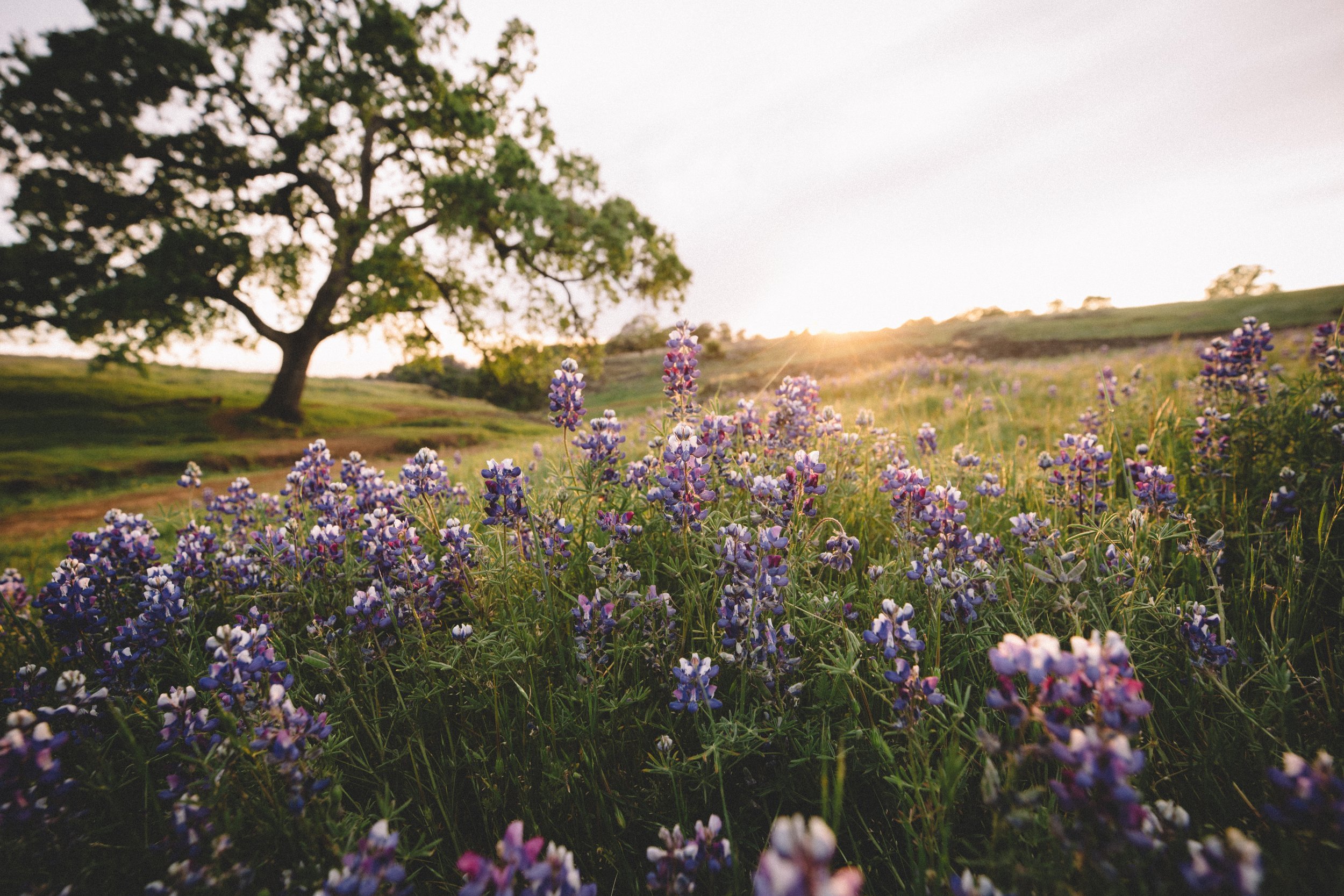Food systems are in Crisis
Climate change isn’t just melting glaciers, hotter summers, and rising tides.
On farms all over the world, climate change is already causing unprecedented crop failures, and it’s one of the biggest causes of rapidly increasing food prices.
Since 2020 there have been global shortages of rice, sugar, chocolate, and many other crops all caused by extreme weather.
From the declining Russian wheat harvest to Pakistani rice fields to dying almond orchards in California, our food systems are for more fragile than most people realize. At two degrees of warming, peer reviewed studies predict half of global farmlands will be unsuitable for their current crops and the majority of the planet will be at risk of hunger.
If we do nothing, we face global famines on an unprecedented scale.
All of this is made worse because the whole world relies on only 174 commercial food crops, and 12 dominate 80% of croplands. All of these are adapted to the climate and the world we used to have - not the climates of the future.
Even within those 174, 75% of food crop varieties and 93% of genetic diversity in common food crops has been lost since 1900 due to genetic erosion caused by conventional breeding practices.
This is the most rapid extinction of agricultural genetics in human history, and that genetic diversity was the toolkit we needed to adapt existing crops to climate change. It’s gone forever.
The world desperately needs new crops with intact genetic diversity that are adapted to heat, drought, and extreme weather; and we need them now.
That’s where Manzanita Bionatives comes in.
The Next Evolution of Farming
Every plant and animal in our food systems - from corn to cattle - has gone through a process called domestication where farmers selected for desired traits across generations. This guided evolution has usually taken centuries, and in the process, valuable traits from the wild ancestor species have often been lost.
While most common crops were first domesticated centuries ago, a few crops are much more recent. Blueberries and strawberries were both domesticated from wild North American berries within the last hundred years. Using then-cutting-edge breeding techniques, researchers shaved the domestication timeline to mere decades, and in both cases it paid off and the new fruits become billion dollar industries.
Our process is the next leap forward, shortening the process from decades to years. With backing from the National Science Foundation, we’ve developed a process to rapidly domesticate new crops - without the use of genetic engineering. Put simply, we can now guide evolution to rapidly improve the food output of wild species - without the unintentional loss of genetic diversity that has accompanied previous efforts. And the process is replicable. We envision a future where endless factory farmed monocultures are replaced by polycultures of crops derived from local native plants. A world where farms fit seamlessly into the natural systems they rely on instead of damaging them and the soil is naturally replenished instead of depleted.
Many wild foods contain superior adaptations to extreme weather and drought, as well as more robust root systems that allow them to thrive without irrigation. Our process lets us keep those valuable adaptations intact while improving flavor, size, grow times, and more to create new crops that are viable at commercial scale.
Progress
Our first crop, a climate adapted lupini bean derived from western US native lupines, has now completed its first phase.
The first new legume species to be domesticated in centuries, our dryland lupini doubles the bean size of its wild ancestor with a growing season reduced by 30% - all while keeping the wild plant’s robust drought resistance and habitat value intact.
While other researchers have spent tens of millions of dollars trying to adapt European lupini to North American farms - and failed - we’ve succeeded by taking a nature-based solution. By starting with plants that already grow here and are part of existing natural systems, we’ve created a new crop that thrives in conditions where conventional crops fail.
This is only the first of more than 200 candidate species we’ve identified. From grains to greens, nuts to berries; the future is bright.
-
Soy is three quarters of the global protein crop market, and one of the crops predicted to be most heavily impacted by climate change. This is a $350B industry by 2030.
Lupini is the only crop in the world that can match Soy at 40% crude protein by volume, but existing domesticated species do not grow well in North America and compete with existing crops for acres.
Our native-derived lupini can grow on poorer soils without chemical fertilizers and with little or no irrigation. In fact, as a nitrogen fixer it improves soil over time.
-
Wild lupine populations across North America are down by more than 90%. Because we have carefully preserved the flower morphology of the wild plant, bringing this new crop to market will restore habitat for dozens of species of native pollinators, including multiple endangered species, who previously relied on wild lupines.
-
Compared to Soy and existing domesticated lupines, our improved crop could save as much as 170 gallons of water per pound of food produced. For drought stricken western farmers, this can be a lifeline.
Replacing 0.001% of US soy would save 39 trillion gallons of water every year.
Replacing 1% of the alfalfa grown in California for cattle feed would save an additional 8.4T gallons
The benefits for habitats and humans as western climates get hotter and drier will be incalculable.

Contact Us
For inquiries and to learn about investment opportunities, please contact us.



